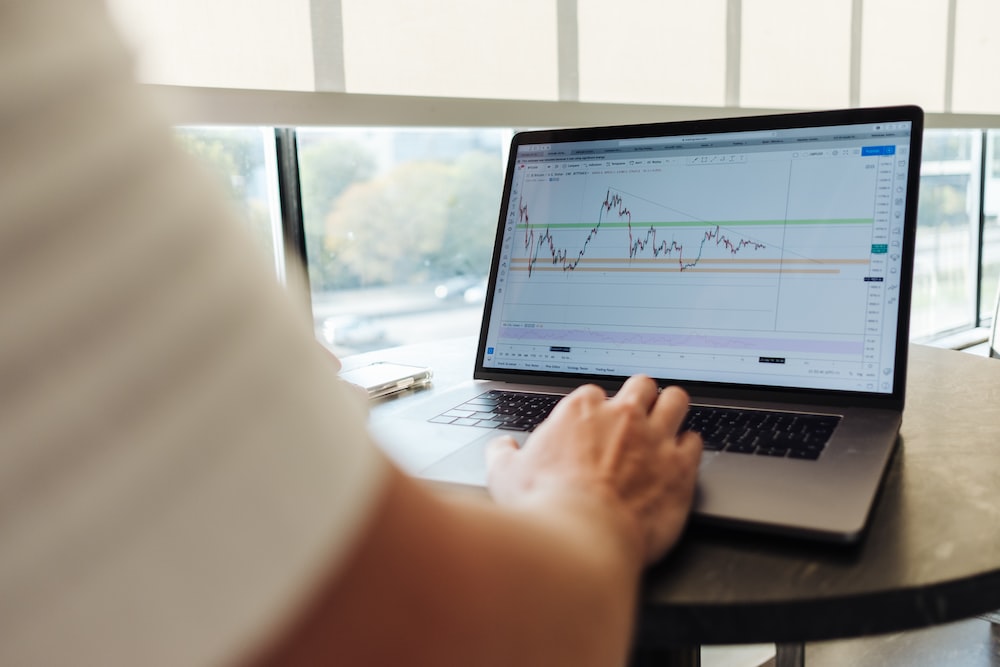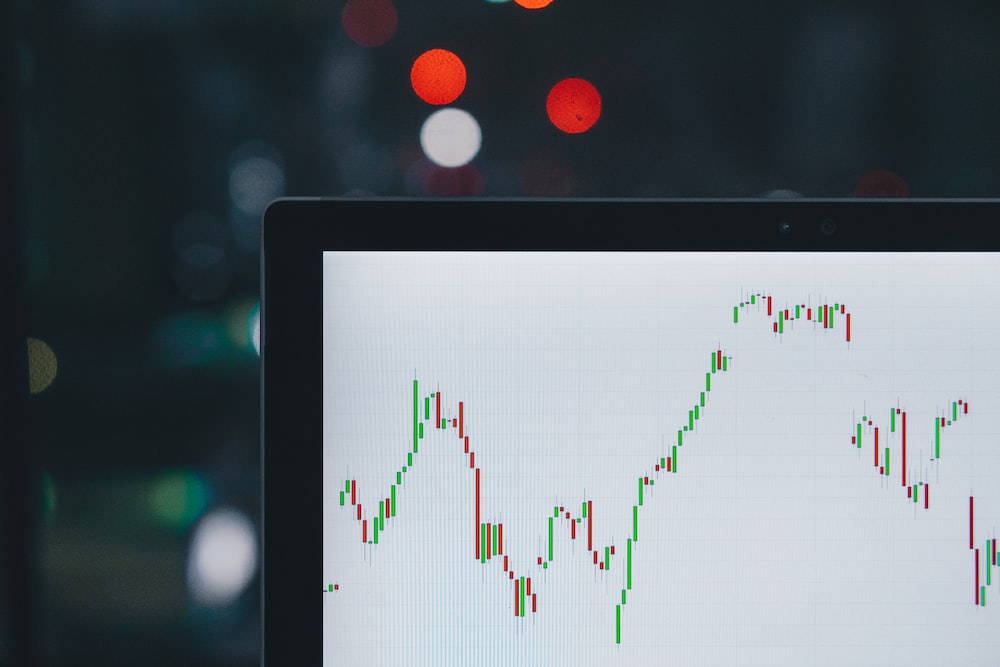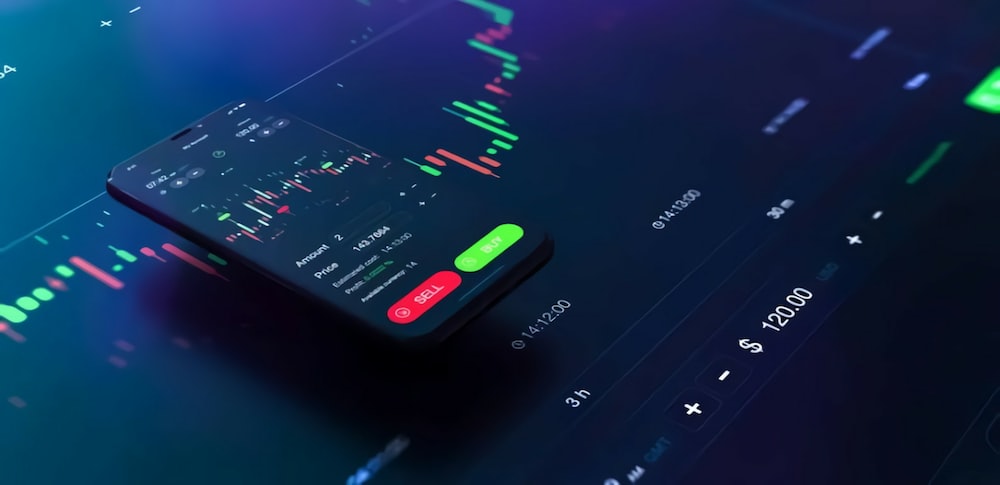Welcome, fellow young investors, to a financial journey that’s sure to pique your interest and turbocharge your investment knowledge! Today, we’re delving into the captivating world of futures and options derivatives. Don’t let the jargon intimidate you – by the end of this blog, you’ll have a solid grasp of these powerful financial instruments and how they can be harnessed for your financial future.
Chapter 1: The Basics

What Are Futures and Options?
Let’s start with the basics. Futures and options are financial derivatives, which means their value is derived from an underlying asset. These assets can include commodities like gold or oil, financial instruments like stocks or bonds, or even market indices like the S&P 500.
Futures Contracts: These are binding agreements that obligate you to buy or sell an asset at a predetermined price on a future date. Futures can be used for hedging or speculating on price movements. Imagine you’re a farmer, and you want to secure a fixed price for your crop before the harvest; you could use a futures contract to do that.
Options Contracts: Options, on the other hand, give you the right, but not the obligation, to buy or sell an asset at a predetermined price (known as the strike price) on or before a specific expiration date. Options are versatile and can be used for income generation, hedging, or even pure speculation.
Why Should You Care About Futures and Options?
You might be wondering why futures and options are relevant to young investors. Well, here are a few compelling reasons:
1. Portfolio Diversification: Futures and options can be valuable tools for diversifying your investment portfolio. Diversification helps spread risk and can enhance long-term returns.
2. Leverage: With futures and options, you can control a large amount of an asset with a relatively small upfront investment. This leverage can amplify your gains but also your losses, so it’s crucial to understand how it works.
3. Income Generation: Options, in particular, can be used to generate income through strategies like covered calls or cash-secured puts.
4. Risk Management: Futures and options can serve as effective tools for managing risk in your investment portfolio. They allow you to hedge against adverse price movements.
5. Speculation: If you have a strong market outlook, futures and options can provide a platform for speculative trading, potentially leading to significant profits.
Now that you know the what and why, let’s dive deeper into the world of futures and options.
You might be wondering why futures and options are relevant to young investors. Well, here are a few compelling reasons:
1. Portfolio Diversification: Futures and options can be valuable tools for diversifying your investment portfolio. Diversification helps spread risk and can enhance long-term returns.
2. Leverage: With futures and options, you can control a large amount of an asset with a relatively small upfront investment. This leverage can amplify your gains but also your losses, so it’s crucial to understand how it works.
3. Income Generation: Options, in particular, can be used to generate income through strategies like covered calls or cash-secured puts.
4. Risk Management: Futures and options can serve as effective tools for managing risk in your investment portfolio. They allow you to hedge against adverse price movements.
5. Speculation: If you have a strong market outlook, futures and options can provide a platform for speculative trading, potentially leading to significant profits.
Now that you know the what and why, let’s dive deeper into the world of futures and options.
You might be wondering why futures and options are relevant to young investors. Well, here are a few compelling reasons:
1. Portfolio Diversification: Futures and options can be valuable tools for diversifying your investment portfolio. Diversification helps spread risk and can enhance long-term returns.
2. Leverage: With futures and options, you can control a large amount of an asset with a relatively small upfront investment. This leverage can amplify your gains but also your losses, so it’s crucial to understand how it works.
3. Income Generation: Options, in particular, can be used to generate income through strategies like covered calls or cash-secured puts.
4. Risk Management: Futures and options can serve as effective tools for managing risk in your investment portfolio. They allow you to hedge against adverse price movements.
5. Speculation: If you have a strong market outlook, futures and options can provide a platform for speculative trading, potentially leading to significant profits.
Now that you know the what and why, let’s dive deeper into the world of futures and options.
Chapter 2: Futures Contracts

How Do Futures Contracts Work?
Futures contracts are like promises to buy or sell an asset at a predetermined price on a specified date. These contracts are standardized, meaning they have set terms, such as the contract size, expiration date, and tick size (the minimum price movement).
Let’s break down a simple example:
Scenario: You believe that the price of crude oil will rise in the next three months.
Action: You buy a crude oil futures contract at the current market price, locking in that price for delivery in three months.
Outcome: If the price of crude oil indeed rises over the next three months, you can sell the futures contract at a higher price and pocket the difference as profit. If the price falls, you’ll incur a loss.
Leverage and Margin
One of the most appealing aspects of futures trading, especially for young investors, is leverage. Leverage allows you to control a significant position with a relatively small amount of capital. However, it’s essential to approach leverage with caution, as it can magnify both gains and losses.
To trade futures, you’ll need to deposit an initial margin, which is a fraction of the contract’s total value. This margin serves as collateral and ensures that you can meet your obligations in the contract. Additionally, you may be required to maintain a maintenance margin, which is the minimum account balance you must maintain to keep the trade open.
The Risks of Futures Trading
While futures trading offers the potential for significant gains, it’s essential to understand the risks involved. Some key points to keep in mind:
1. Leverage Risk: As mentioned earlier, leverage can amplify both profits and losses. A small adverse price movement can lead to substantial losses.
2. Margin Calls: If the value of your futures contract falls below the maintenance margin, you may receive a margin call, requiring you to deposit additional funds to cover potential losses.
3. Limited Time: Futures contracts have expiration dates. If you don’t close or roll over your position before the expiry, you may be required to take physical delivery of the underlying asset or settle in cash.
4. Market Volatility: Futures markets can be highly volatile, and prices can move rapidly. It’s crucial to have a well-thought-out strategy and risk management plan.
Chapter 3: Options Contracts

Understanding Options
Options contracts give you the right (but not the obligation) to buy or sell an underlying asset at a predetermined price (strike price) on or before a specified expiration date. They come in two primary forms: call options and put options.
Call Option: This gives you the right to buy the underlying asset at the strike price. Call options are typically used when you expect the asset’s price to rise.
Put Option: This grants you the right to sell the underlying asset at the strike price. Put options are often used when you anticipate the asset’s price will fall.
Option Premium and Time Decay
When you buy an options contract, you pay a premium to the seller (also known as the option writer). The premium is the cost of obtaining the right to buy or sell the asset. The factors influencing the premium include the asset’s price, the strike price, the time to expiration, and market volatility.
One critical concept to grasp when trading options is time decay. Options lose value as they approach their expiration date. This phenomenon is known as theta decay. Therefore, if you’re an options buyer, you’ll need the underlying asset’s price to move in your favor quickly to offset the declining value of your option.
Options Strategies
Options offer a wide range of strategies that can suit various market conditions and investment goals. Here are a few popular ones:
1. Covered Call: In this strategy, you own the underlying asset (e.g., a stock) and sell call options against it. You collect the premium from the call options, which can provide additional income. However, your potential profit on the underlying asset is limited if it rises above the strike price.
2. Cash-Secured Put: This strategy involves selling put options while having enough cash to buy the underlying asset if assigned. It can generate income and allow you to acquire the asset at a lower price if the option is exercised.
3. Long Straddle: In a long straddle, you buy both a call and a put option with the same strike price and expiration date. This strategy profits from significant price movements, regardless of direction.
4. Protective Put: This strategy involves buying a put option to protect your portfolio from potential losses. It acts as an insurance policy against a declining market.
Chapter 4: Risk Management and Strategies

Risk Management Is Key
Whether you’re trading futures or options, risk management should be at the forefront of your strategy. Here are some essential risk management principles:
1. Set Stop-Loss Orders: Determine the maximum loss you’re willing to tolerate on a trade and use stop-loss orders to limit your losses.
2. Diversify: Avoid putting all your eggs in one basket. Diversifying your investments across different assets can reduce risk.
3. Know Your Risk Tolerance: Understand your risk tolerance and only trade with money you can afford to lose. Both futures and options can involve substantial risks.
4. Educate Yourself: Continuously educate yourself about the markets and the specific futures or options you’re trading. Knowledge is your best defense against risk.
Combining Futures and Options
Advanced investors often use a combination of futures and options to create complex strategies. For instance, a straddle involves buying a call and a put option on the same underlying asset. It profits from significant price movements, but the market must move significantly to cover the cost of both options.
Another advanced strategy is the butterfly spread, which involves three options with different strike prices. This strategy aims to profit from a stable market by selling two options at a middle strike price and buying one option at a lower strike price and another at a higher strike price.
Chapter 5: Getting Started

Choosing a Platform
To start trading futures and options, you’ll need a brokerage account that offers access to these markets. Look for a platform that suits your needs, provides educational resources, and offers competitive fees. Popular online brokerages often provide user-friendly interfaces and educational materials to help you get started.
Tap to StartPaper Trading
Before risking your hard-earned money, consider practicing with a paper trading account. This allows you to trade with virtual money and gain confidence without any financial risk.
Education Is Key
Remember that education is your most potent tool in the world of futures and options. Read books, take online courses, and follow financial news to stay informed about market developments.
Chapter 6: Conclusion
Congratulations, young investors! You’ve embarked on a journey into the captivating world of futures and options derivatives. Armed with this newfound knowledge, you can begin exploring these financial instruments as part of your investment strategy.
However, always remember that with great power (like leverage) comes great responsibility. Futures and options can be powerful tools for wealth creation, but they can also lead to significant losses if not used wisely.
Start small, practice, and refine your strategies over time. Seek advice from experienced traders or financial advisors if needed. With patience and discipline, futures and options can be valuable additions to your investment toolkit as you work toward securing your financial future.
Happy investing!
Know More: Top 10 Stock-Obsessed Nations in the World.
